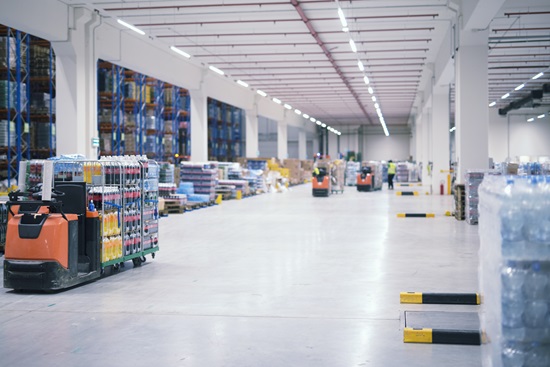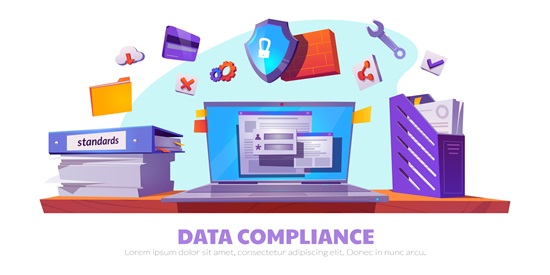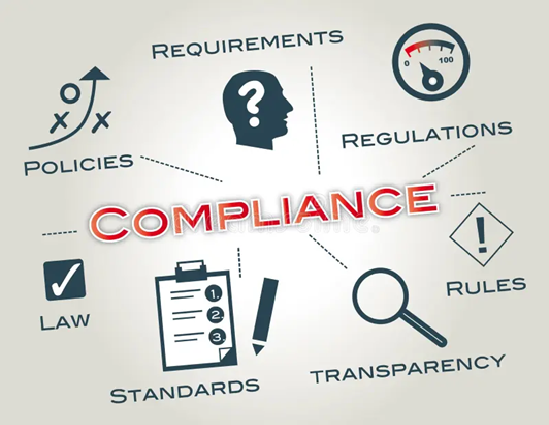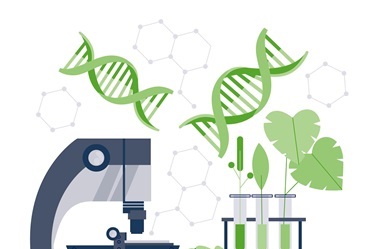Chemical Industry has improved the life style and standard of living of people. The discovery of petroleum, research and investment done during World War II, rising population, increased urbanization were some of the factors which drove the growth of the Chemical Industry in the 20th century. While meeting the above challenges and turning them into opportunities, focus was lost on environmental factors namely climate change and Green House Gas (GHG) emissions.
Energy efficiency, lesser carbon emissions, less dependence on non-renewable resources need to be the driving factors for product design and process design in this century. The end products could be better heating devices, insulation materials, lesser weight materials and all those which could result in less human carbon emissions into the atmosphere. Apart from just the product focus (which is quite visible to the public as such), better processes need to be employed so that they result in lesser carbon emissions. The following figure from World Resources Institute (WRI) shows carbon-di-oxide emissions over the entire product life-cycle in chemical industry. The below image is available on the net.

The figure shows that Raw Material Acquisition, pre-processing and Production accounts for 50% of the emissions. The rest 50% comes from Distribution & Retail, Use and End-of-life treatment of the products. The orientation towards Green Chemistry (i.e. considering low greenhouse gas emissions in each and every step we carry out) should change the way product life cycle is designed and managed in the future.
Before considering “greenchemistry-conscious” product and process design, accounting and reporting standards have to be developed to measure if we are making progress. Greenhouse Gas emissions have to be measured at each and every step in the process. If considerable progress could not be made, then the process has to be re-designed or else methods have to be developed to be able to capture the gases and not to let them into the atmosphere. WRI has started a road-map towards this step and their site shows that 60 companies have volunteered to participate in the project. It will be interesting to follow the progress made in this initiative.
In the past, we have been reactive in dealing with incidents. Destructions in World War II led the way to the establishment of a global political monitoring organization – the United Nations Organization. The Enron and WorldCom Scandal led to strict Accounting Standards. The current global financial meltdown is making Lawmakers and Regulators to come up with strict standards, regulations and greater transparency. We should not follow suit when it comes to environmental factors. It is time to be proactive and develop strict accounting, reporting and measuring standards to monitor Greenhouse Gas Emissions. The outcome could be much severe and non-reversible if we are reactive in this case. Challenges and Opportunities are now well visible for Chemical Industry in this century.
This is moved from: blogger









Leave a Reply